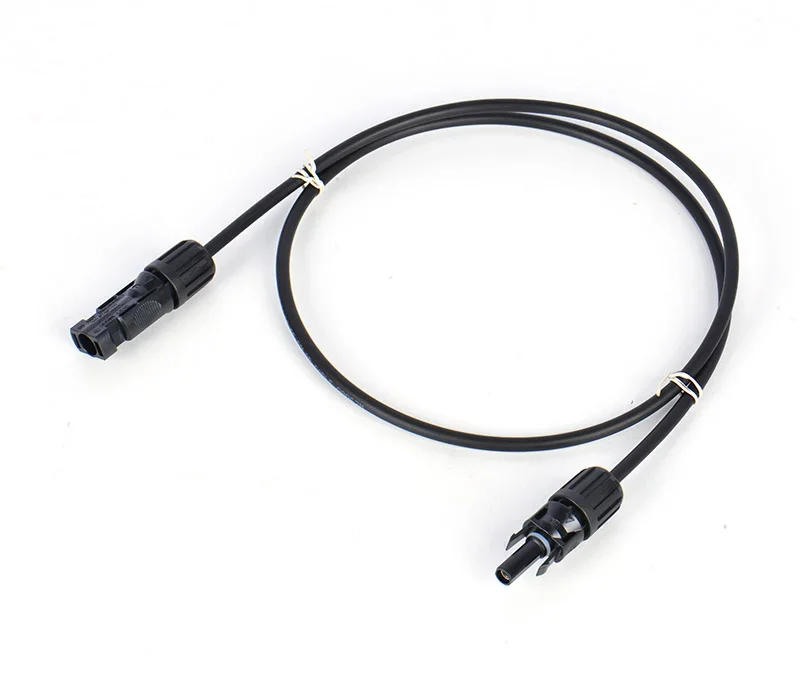Solar photovoltaic (PV) systems have gained significant popularity as a sustainable and renewable energy source. These systems harness the power of sunlight and convert it into electricity, offering an environmentally friendly alternative to traditional energy sources. To ensure the efficient functioning of solar PV systems, various components play a crucial role, and one such component is the solar PV wire harness assembly. In this article, Parko will explore the significance of solar PV wire harness assemblies and how they contribute to achieving seamless connectivity in solar PV systems.
What are Solar PV Wire Harness Assemblies?

Solar PV wire harness assemblies are intricate networks of cables, connectors, and other electrical components that facilitate the transmission of electrical signals within a solar PV system. These assemblies are designed to connect the solar panels, inverters, charge controllers, and other system components, ensuring a reliable and efficient flow of electricity. The quality and design of the wire harness assembly are critical to the overall performance and longevity of the solar PV system.
The Significance of Solar PV Wire Harness Assemblies
Enhance Efficiency
Solar PV wire harness assemblies are engineered to minimize power losses and maximize energy output. By using high-quality cables and connectors with low resistance, these assemblies reduce the energy losses that occur during transmission. This improved efficiency translates into higher electricity generation and increased overall system performance.
Reliable Connectivity
The seamless connectivity provided by solar PV wire harness assemblies ensures that all components of the solar PV system work together harmoniously. These assemblies are designed to withstand the harsh environmental conditions typically encountered in solar installations, such as extreme temperatures, UV radiation, and moisture. By providing reliable connectivity, wire harness assemblies minimize the risk of system failures and downtime, maximizing the system's operational uptime.
Safety and Compliance
Solar PV wire harness assemblies are manufactured to meet stringent safety and compliance standards. They are designed to handle the high voltages and currents associated with solar PV systems while ensuring proper insulation and protection against electrical hazards. Compliance with industry standards and regulations ensures the safety of installers, maintenance personnel, and end-users.
Ensure Efficient Power Transmission
Efficient power transmission is essential for maximizing the energy output of a solar PV system. Solar PV wire harness assemblies play a crucial role in achieving this by minimizing power losses and ensuring a smooth flow of electricity. High-quality cables and connectors used in these assemblies reduce resistance and voltage drops, thereby optimizing power transmission efficiency. This results in higher energy yields and increased overall system performance.
Simplify Installation and Maintenance
Solar PV wire harness assemblies simplify the installation and maintenance processes of solar PV systems. Pre-assembled harnesses with standardized connectors and cables reduce the complexity of system integration, saving time and effort during installation. Moreover, these assemblies are designed for easy maintenance, allowing technicians to quickly identify and replace faulty components without disrupting the entire system. This streamlined approach to installation and maintenance enhances the overall efficiency and cost-effectiveness of solar PV systems.
Solar PV wire harness assemblies play a vital role in achieving seamless connectivity within solar PV systems. By providing efficient power transmission, reliable connectivity, and adherence to safety standards, these assemblies contribute to the overall performance, longevity, and safety of solar PV installations. As the demand for renewable energy grows, the continuous improvement and innovation in solar PV wire harness assemblies will further enhance the efficiency and reliability of solar PV systems, making them an increasingly attractive choice for sustainable energy generation.









Comments (0)